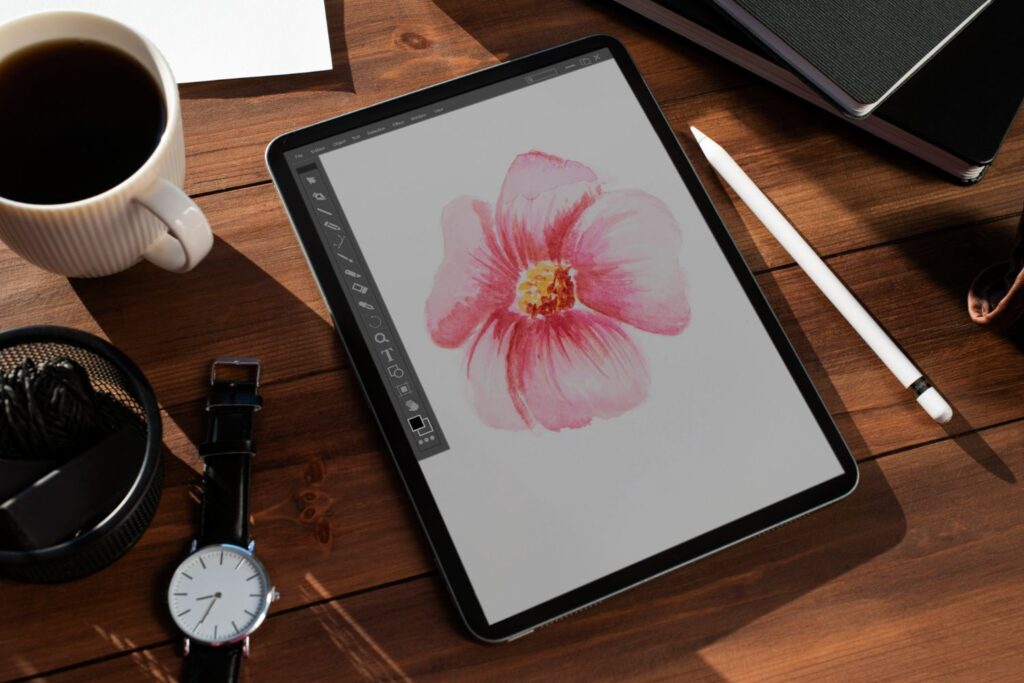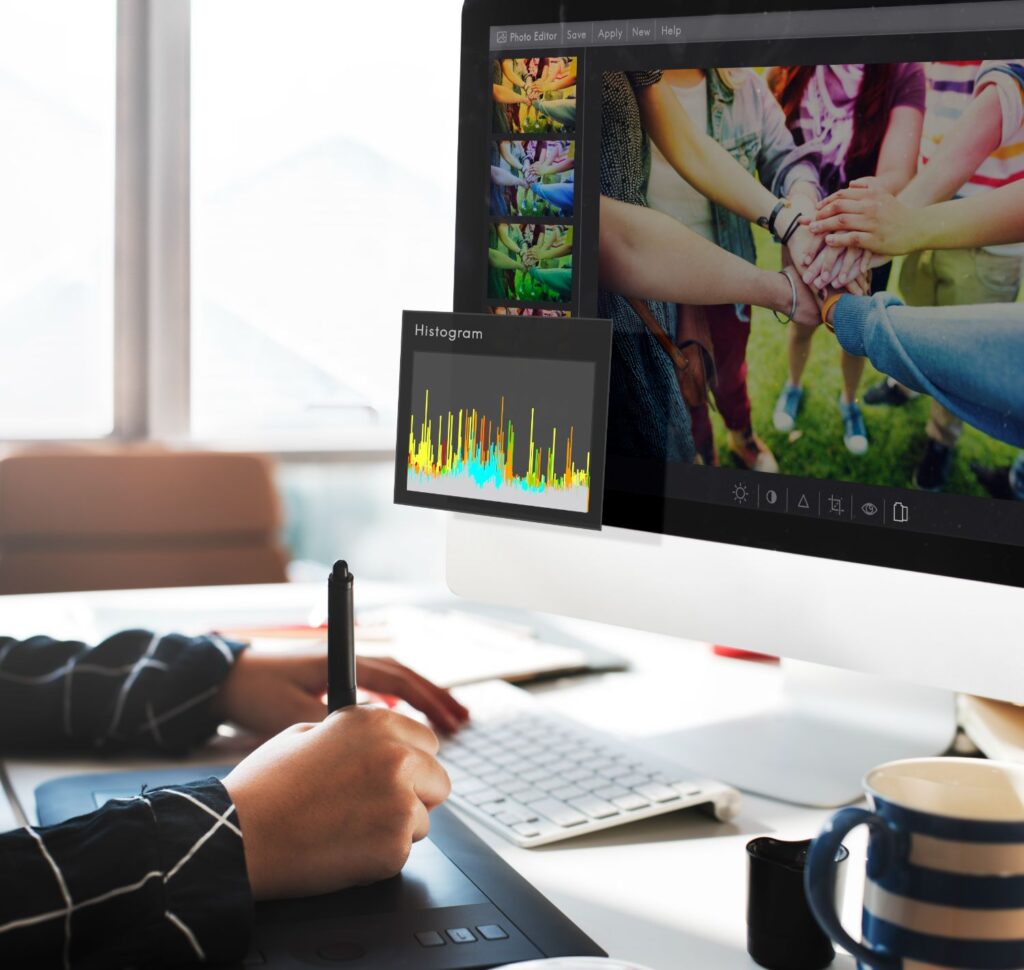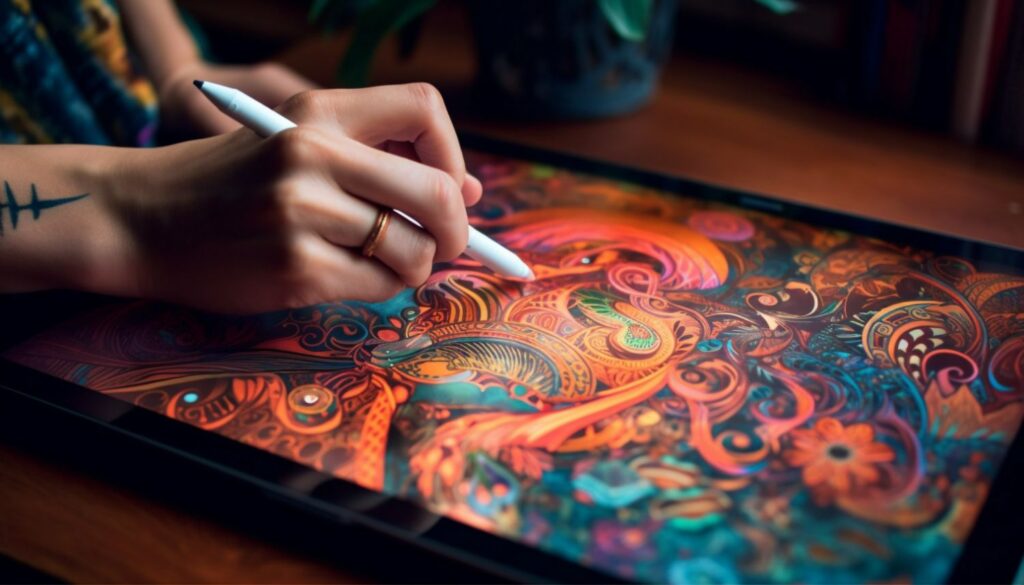In this article, we’ll explore how to make Procreate less pixelated to achieve the smooth, sharp lines that every digital artist desires. We have gathered some insightful YouTube videos that will help you conquer this common issue and elevate your artwork. Let’s dive in!
1. Why Are My Lines Pixelated in Procreate? Two Tips to Avoid Blurry Edges
This informative video by Let’s Draw with BeeJayDeL covers two essential tips for attaining sharper lines in Procreate. There are times when an artist might face issues like blurry or pixelated lines, especially when resizing or moving a part of the design.
First, the author suggests adjusting the maximum number of layers available on the canvas. This can be done by lowering the DPI to free up memory and to allow for more layers. Secondly, BeeJayDeL recommends using a clipping mask while erasing to avoid accidentally erasing other layers in the process.
These solutions provide an immediate and noticeable improvement in the quality of your lines, which can make all the difference in achieving a polished, professional look to your artwork.
Author: Let’s Draw with BeeJayDeL
2. Four Tips for Fixing Pixelated Lines in Procreate
In this video, Color with Kendi shares four vital tips for resolving pixelation and blurry lines issues in Procreate. The tips include choosing a better canvas setting, not scaling up or knowing the correct method if you must, dealing with resizing and moving, and choosing the right brushes.
Understanding the different factors affecting your line quality is crucial to overcoming pixelation issues. By applying Color with Kendi’s insights, you’ll have the tools necessary to maintain crisp, clear lines in your digital artwork.
Author: Color with Kendi
3. The Unexpected Reasons Behind Bad Lines in Procreate
Ghost Paper’s video explores common misconceptions and surprising factors that contribute to the poor line quality in Procreate. An understanding of these underlying causes can help artists better address pixelation and blurriness in their digital work.
Various factors such as the brush settings, workflow, and working at a small canvas size can be the culprits behind pixelated lines. The author recommends experimenting with different settings and canvas sizes to achieve smoother lines and better overall results.
Author: Ghost Paper
4. Avoiding Artwork Pixelation and Blurry Lines in Procreate
Dave Reed’s tutorial focuses on methods for avoiding pixelation and blurry lines in Procreate for a more polished look. He explains how working at the appropriate size, considerately resizing artwork, and using the right brushes can make a significant difference in the quality of your digital art.
By evaluating your drawing process, focusing on canvas size, and usingsuitable brushes, Dave Reed’s insights can help you achieve a professional and smooth appearance in your Procreate artwork.
Author: Dave Reed
5. Converting Procreate Files to SVG for No More Pixelation or Blurriness
Learn how to convert your Procreate artwork to SVG format with this helpful video by Karin Newport from iPad Lettering. By converting your files to SVG, you can prevent blurriness and pixelation in your digital art, and even make your artwork suitable for Cricut or Silhouette machines.
Karin provides an easy-to-follow tutorial that covers exporting your Procreate artwork as an SVG and demonstrates the noticeable improvement in line quality post-conversion. This conversion method is an excellent tool for artists who want to preserve the quality of their artwork across various platforms and devices.
Author: Karin Newport, iPad Lettering
Common Mistakes and How to Avoid Them
Now that we’ve reviewed several expert videos on improving line quality in Procreate, let’s go over some common mistakes artists make and how to avoid them:
- Using a small canvas size: Working on a smaller canvas size can diminish the quality of your artwork. Always choose an appropriate canvas size based on the desired resolution and final output.
- Scaling up without precision: Scaling up your artwork can lead to pixelation. Avoid resizing too much or, if necessary, do so with care and proper technique.
- Not considering brush settings: The brushes you choose have a significant impact on your line quality. Make sure to experiment with different brushes and settings to achieve your desired result.
- Ignoring the impact of layers: Be mindful of the number of layers you’re working with, as using too many can decrease the overall quality of your art. Use clipping masks and other tools to optimize your layers and maintain line sharpness.
Conclusion
By learning how to make Procreate less pixelated and understanding the factors that contribute to blurry lines in your digital artwork, you can elevate your skills and produce professional-quality art. By following the tips and tricks from these expert YouTube videos, you’ll be well on your way to creating crisp, clean, and eye-catching digital art in Procreate. Keep experimenting and enjoy the creative process!




